Social and Behavior Change for Postpartum Family Planning
Written by: Cori Fordham, Breakthrough ACTION Program Officer
Offering modern contraception as part of maternal health services has been shown to increase postpartum contraceptive use, as well as to prevent unintended pregnancies and pregnancies that are too closely spaced. Because of the need to integrate services, many postpartum family planning (PPFP) programs have focused more efforts on service delivery. However, social and behavior change (SBC) and strategic communication approaches can be used to strengthen the impact of PPFP initiatives in a variety of ways, including improving client knowledge and attitudes around PPFP; practice and use of recommended behaviors and services; health worker knowledge, attitudes, and service delivery practices; and community support (Cooper, 2014). SBC can also be used to promote positive behaviors linked to SBC.
Breakthrough ACTION and FP2020 hosted a francophone webinar and Springboard discussion on September 19, 2018, to highlight the ways SBC can be used before, during, and after postpartum services to address the needs of clients and providers and improve women’s health outcomes. The webinar featured a welcome from FP2020, an introduction to the Circle of Care Model, PPFP behaviors and SBC considerations, case studies from the Democratic Republic of Congo and Indonesia, and a lively question and answer period.
First, Claudia Vondrasek, Director of Programs and Integration, Breakthrough ACTION, presented on the Circle of Care Model, showing how service delivery and SBC partners can work together to improve outcomes. According to the model, SBC can influence a client’s PPFP experience at various stages of decision-making: by generating demand, improving the client-provider relationship, and boosting modern method acceptance and continued use. SBC can also improve social norms and create enabling environments so women feel supported and able to easily access PPFP if they desire.
Next, Anne Pfizer, Family Planning Team Lead, Maternal and Child Survival Project, provided an overview of key SBC considerations affecting PPFP outcomes at all levels of the socio-ecological model. Strategic SBC approaches target specific behaviors and provide direct calls to action. Based on Anne’s research, SBC practitioners working on SBC should focus on the following seven behaviors: couple communication; healthy spacing of pregnancies; immediate exclusive breastfeeding; seeking PPFP during health contacts; knowing risk, initiating, and using PPFP; LAM – Transition; and identifying and building a community of PPFP champions.
During the presentation and Q&A session, Anne provided two case studies for successful SBC programs from the Democratic Republic of Congo (DRC) and Liberia, as well as general lessons she has learned throughout her work. First, successful PPFP programs should start with a deep understanding of their populations and context. While global guidance is available, SBC programs should avoid didactical knowledge sharing and tailor their counseling to the attitudes and values of the client with whom they are speaking. SBC practitioners should consider overall values as well as PPFP-specific ones. For example, young women may value privacy and would be less likely to go to a community engagement meeting on family planning, even if they would be interested in one-on-one counseling. A situational analysis and audience assessment can help identify these key considerations. Also, program designers should look for opportunities to integrate PPFP efforts into a variety of settings to reach people who could be interested in family planning but are not actively seeking it. The DRC example included a variety of approaches, including training providers, integrating family planning messaging into antenatal care guidance, and conducting advocacy activities with community leaders. Community-based activities are especially helpful for reaching women who have already given birth and adopted a method but experience barriers to continuing a method.
Next, Rachel Yodi, Family Planning Team Lead, DRC Ministry of Health, described the integrated counseling guide developed under the Yam-daabo project. The counseling guide serves as a roadmap for discussing PPFP options with Congolese women in their third trimester, as well as their partners. It contains information on family planning, as well as maternal and infant health. The tool was designed to increase knowledge of family planning and debunk myths. It encourages women to have conversations with their partners about family planning. Since adopting the tool, the project has noted improved family planning attitudes and adoption and has seen evidence of shifting norms around men’s acceptance in their qualitative research. Like Anne Pfizer, Rachel Yodi noted the importance of tailoring counseling to the individual.
Lastly, Zoe Hendrickson, Assistant Scientist, Breakthrough ACTION, spoke about the lessons learned from the MyChoice project in Indonesia. The MyChoice project is led by Johns Hopkins Center for Communication Programs (CCP) and is supported by Jhpiego and JSI. It uses a range of approaches and communication channels to address Indonesia’s stagnating mCPR. To reach women during and after their pregnancy, it promotes the use of an interactive, personalized, and client-driven approach called the Balanced Counseling Strategy in an effort to double the percentage of women who adopt PPFP before leaving a high-volume birthing facility. The client’s responses to algorithm questions determine which methods to discuss. This interactive approach, delivered through cards or a tablet, helps support informed choice. The strategy has resulted in an increase in women who have received PPFP counseling (from 50% to 80%) and has maintained the percentage of women who adopted a PPFP method. The results highlight the importance of high-quality and client-focused tools for PPFP adoption. When asked how SBC practitioners could measure the quality of counseling sessions, Zoe suggested observing exactly what happens during counseling sessions (e.g., who is speaking, for how long, etc.) and then having exit interviews with clients to verify attitudes and outcomes of the presentation.
The webinar captured several key considerations for applying SBC approaches to PPFP initiatives. If you are interested in learning more about PPFP, you may want to take the Postpartum Family Planning course through the Global Health eLearning Center.

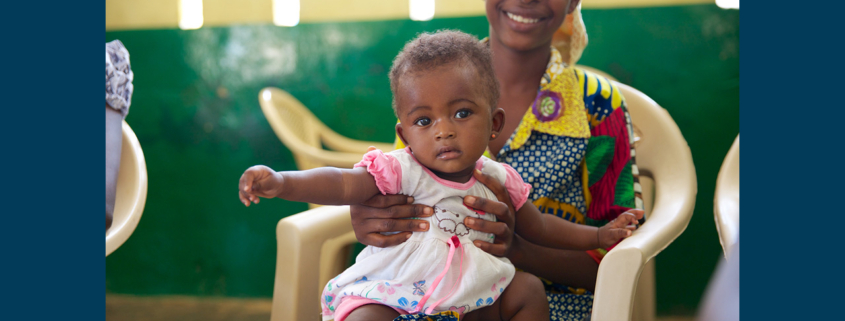 Sara Holbak/VectorWorks/Photoshare
Sara Holbak/VectorWorks/Photoshare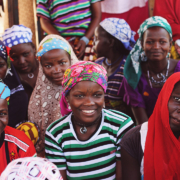 Cambey Mikush/Photoshare
Cambey Mikush/Photoshare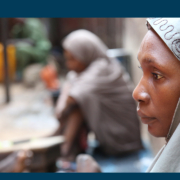
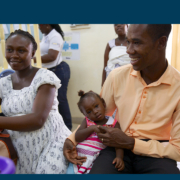 Sarah Hoibak/VectorWorks/Photoshare
Sarah Hoibak/VectorWorks/Photoshare Getty Images/Image of Empowerment
Getty Images/Image of Empowerment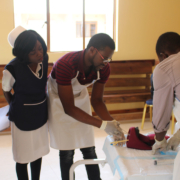
 © 2012 CCP/NURHI 2, Courtesy of Photoshare
© 2012 CCP/NURHI 2, Courtesy of Photoshare